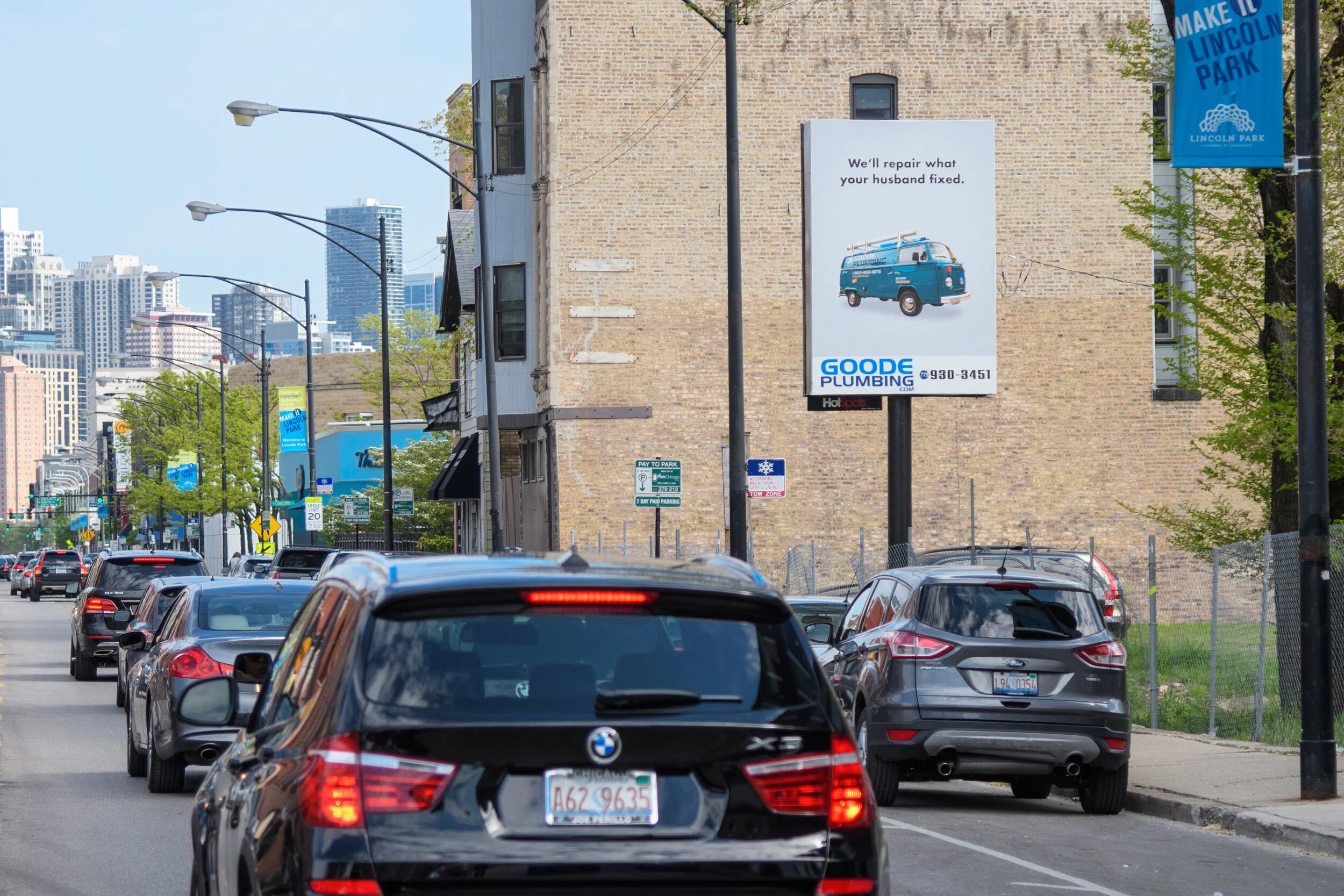Transcript of Charlie Megan, Co-Founder of View Chicago
Billboards on the highway are two-fold in purpose. One would be directional—exit here for this hamburger or something—but more often it’s a coverage play. In other words, you are looking to cover the Chicago DMA or to create brand awareness.
If you put a billboard on the Kennedy it’ll reach 250 thousand people a day, but these people may be going to Indiana, going to Wisconsin, getting off somewhere else, so it’s a broader play on reaching the market.
“With HotSpots and neighborhood billboards you’re able to tweak the messaging for a more hyperlocal audience.”
Hotspots, and all of our signs for that matter, are more neighborhood-based. We think of them as hyper-local, or hyper-geotargeted. So you might buy fifty hotspots and in doing so reach the whole market, but for the most part people will buy smaller packages (or even onesie-twosies) and pick a spot that drop a pin right on their audience.
People might even tweak their messaging to say, for instance, “Bucktown Gambles at Horseshoe Casino.” BMO Harris did a really effective job with: “Help is only steps away at 18th & Cicero”.
“We work with a lot of verticals that are neighborhood-focused. A billboard on the expressway might not have an appeal to them, but if they’re really trying to target their message into a specific neighborhood, HotSpots can do that.”
That’s really the primary difference. What works on the expressway are more general market coverage and brand awareness, whereas with HotSpots and neighborhood billboards you’re able to tweak the messaging for a more hyperlocal audience.
“We’ve seen a lot of national brands take a liking to HotSpots because they are able to get their advertisements in a very specific targeted pocket of the city.”

